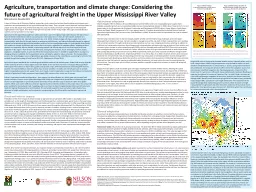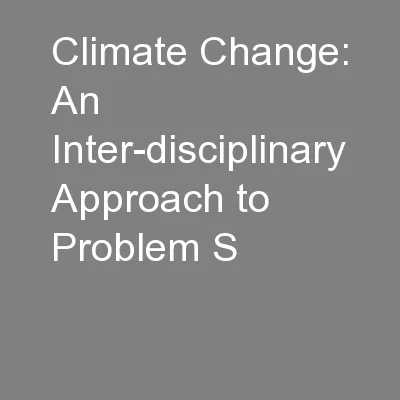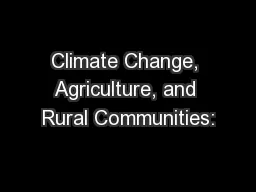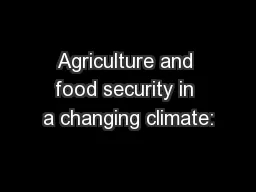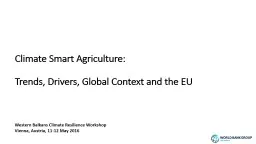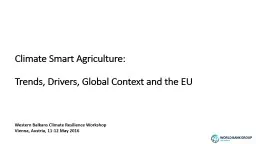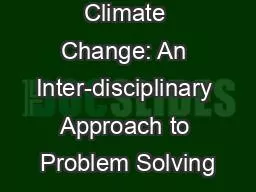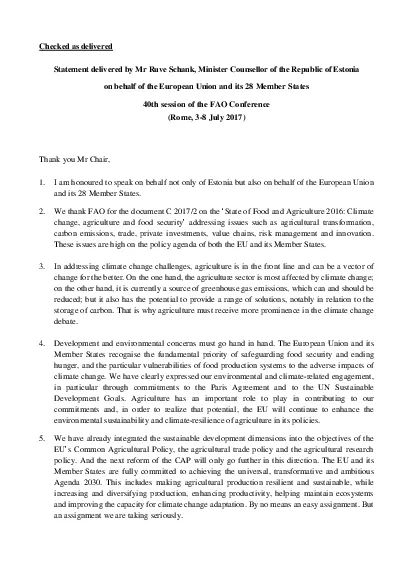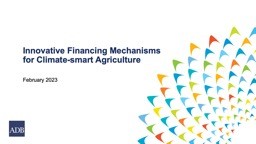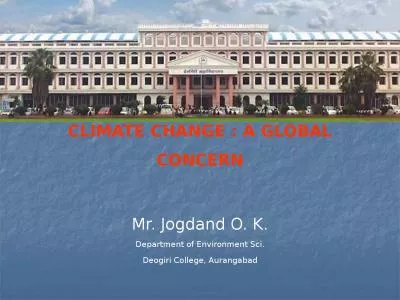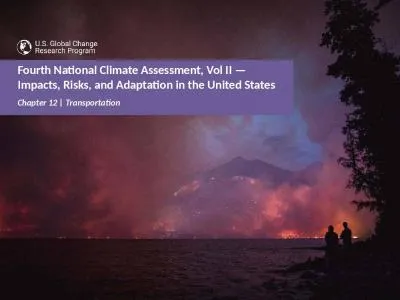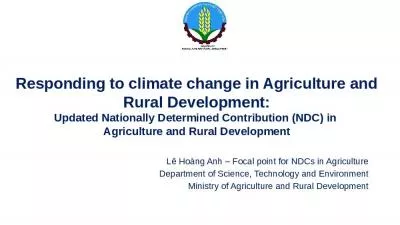PPT-Agriculture, transportation and climate change:
Author : kittie-lecroy | Published Date : 2016-06-24
Considering the future of agricultural freight in the Upper Mississippi River Valley Miller and Lorenz November 2015 Authors Michelle Miller Center for Integrated
Presentation Embed Code
Download Presentation
Download Presentation The PPT/PDF document "Agriculture, transportation and climate ..." is the property of its rightful owner. Permission is granted to download and print the materials on this website for personal, non-commercial use only, and to display it on your personal computer provided you do not modify the materials and that you retain all copyright notices contained in the materials. By downloading content from our website, you accept the terms of this agreement.
Agriculture, transportation and climate change:: Transcript
Download Rules Of Document
"Agriculture, transportation and climate change:"The content belongs to its owner. You may download and print it for personal use, without modification, and keep all copyright notices. By downloading, you agree to these terms.
Related Documents

